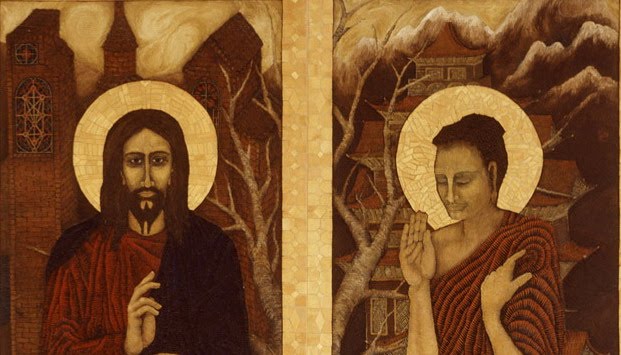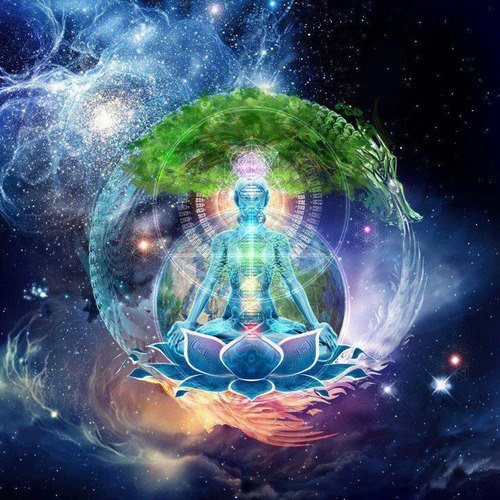Idealization in the Psyche
A core function of the human mind is dreaming, or imagining events that haven’t actually taken place. This can occur while sleeping, while bored during the day, while exercising, pretty much any time when your attention is free, this is possible for the mind. If you are intensely focused on something, for instance your breath, then the … Read more







